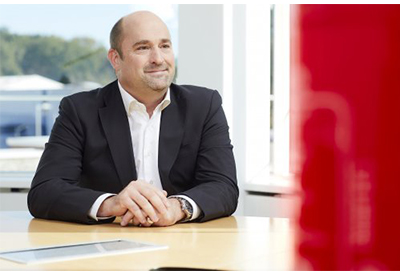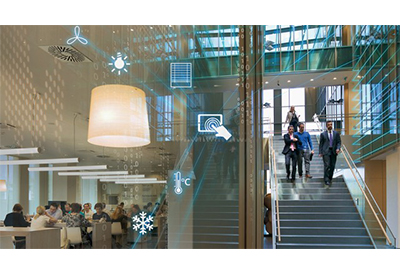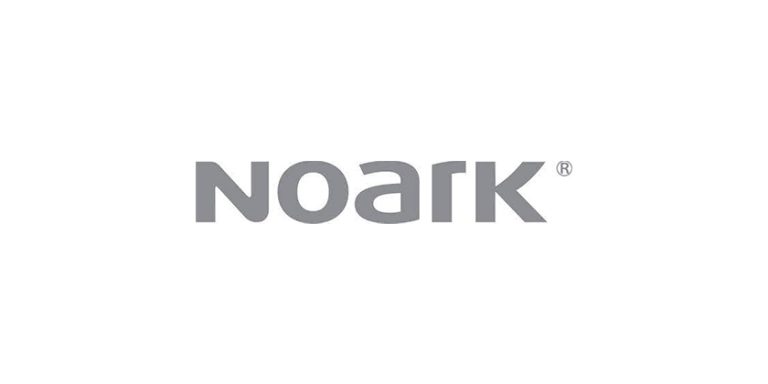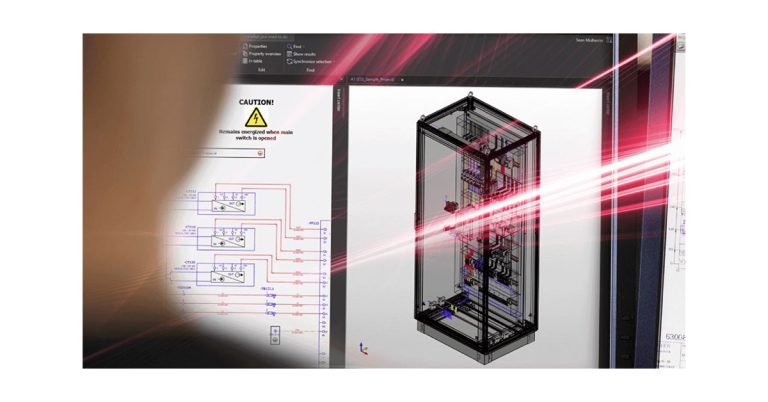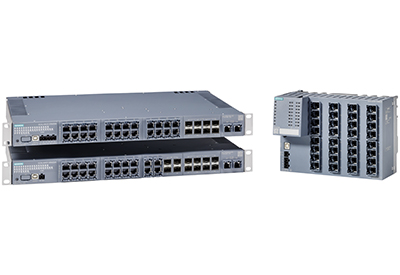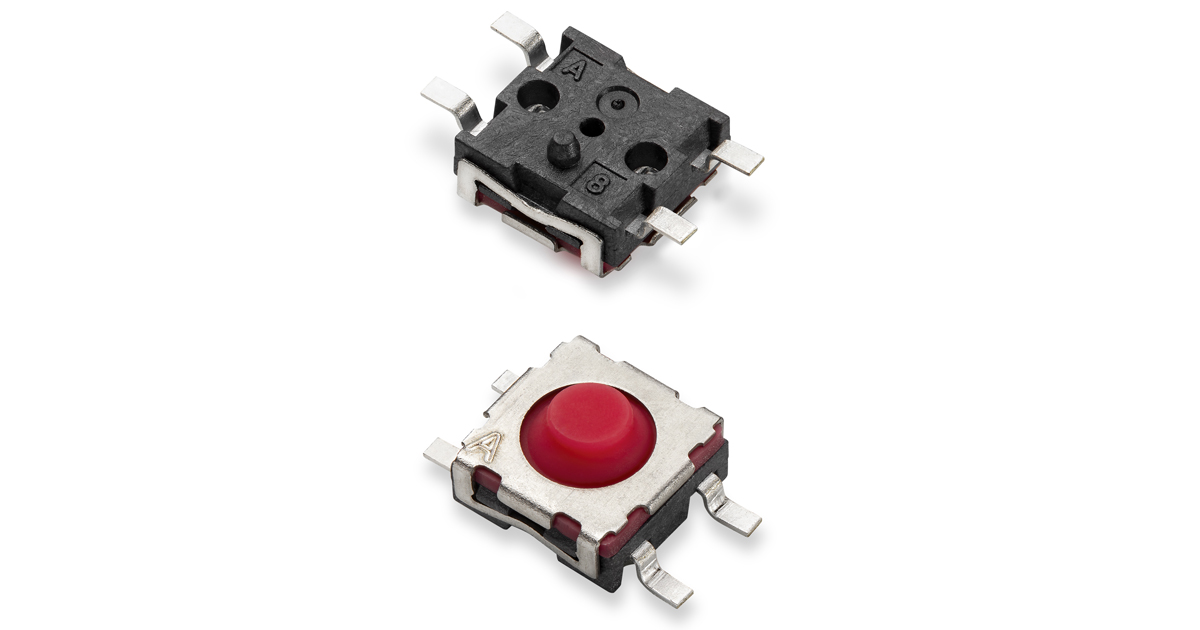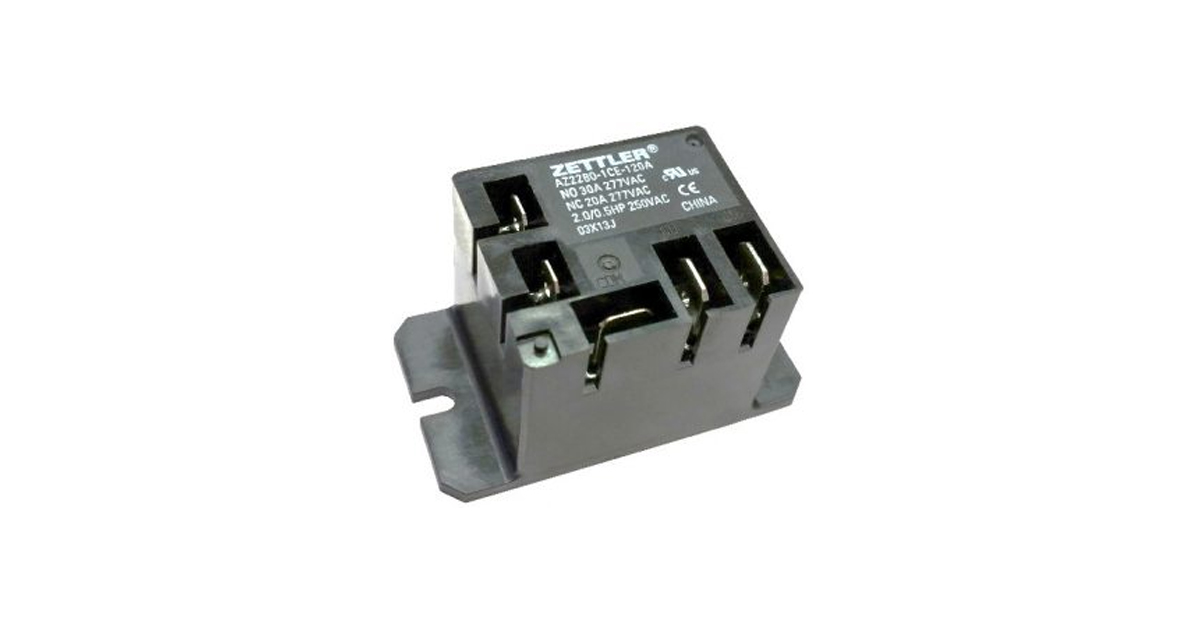Siemens Honors 22 International Researchers as Inventors of the Year
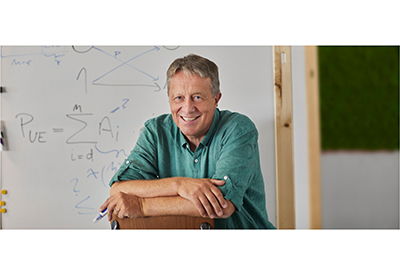
December 14, 2020
For the 26th time, Siemens has recognized employees as Inventors of the Year to honor their outstanding research achievements. The 22 awardees from the three companies Siemens AG, Siemens Energy and Siemens Healthineers are from China, Germany, France, India, Israel, Spain and the U.S. Individual researchers as well as diverse research and development teams that work internationally were honored with the award.
The award recipients’ ages range from the mid-20s to the mid-60s. The youngest of them are still students, and the most experienced among them are already reaching the conclusion of their professional lives and can look back on a successful career. For example, Jens Braband of Siemens Mobility was honored for his lifetime achievements. Over a period of about 30 years at Siemens, he has made a significant contribution to the company’s innovative strength with 120 patents from 66 patent families. Algorithms that he programmed ensure that all high-speed trains in Europe continually maintain safe and reliable operations and enjoy extensive protection against cyberattacks. These safeguards can prevent potentially life-threatening operating failures and accidents.
The Inventors of the Year are active in a wide variety of functions and work in corporate research and development units as well as at the individual business units.
All of the prize-winning inventions focus on digitalization. Most of them also have, or will have, significant impact on how we live and work during the pandemic and beyond.
“We all come across Siemens technologies each day. With their help, Siemens empowers its customers to transform entire industries. Industries that form the backbone of the economy. Industries that define our everyday lives. Our Inventors of the Year embody Siemens’ ambition of driving and shaping transformation. Siemens has been pursuing this goal for 173 years and will continue to do so in the future,” said Roland Busch, Deputy CEO of Siemens AG.
“Siemens stands for technology with purpose. Technology that helps our customers create more value while using fewer resources. That’s why we continue to invest heavily in research and development,” added Peter Körte, Chief Technology Officer of Siemens AG. “We want to focus on added value for our customers. We intend to do so by asking better questions and listening carefully, by launching innovations onto the market even more quickly, and by providing even closer support to our customers.”
The technologies on which the inventions are based enrich our everyday lives. This can be seen in the example of Benjamin Pollack and his team at Siemens Healthineers in the U.S. state of New Jersey. They have used artificial intelligence and deep learning, which is a form of machine learning, to accelerate automated in-vitro diagnostics. The researchers succeeded in lowering error rates substantially.
As a result, laboratories now receive significantly faster and more reliable results on patient samples. These improvements are particularly important in times of COVID‑19, when laboratory capacities worldwide are under considerable strain. Accelerated and reliable diagnostics can actually save lives here.
Navigating through production facilities remotely and virtually, retrieving contextual information and using apps for collaboration – all this is made possible by an invention made by Tali Segal, Rafi Blumenfeld and Eitan Carmi from Digital Industries in Tel Aviv. The Intosite solution combines visualization of production facilities with manufacturing information and provides users around the world with tools for virtual collaboration in real time. It enables employees at manufacturing companies to virtually jump into a 3D model of their facilities, navigate within these models to access production lines or machines, retrieve information at the click of a mouse, and access apps in order to collaborate with their colleagues. These capabilities are of fundamental importance – in particular, when most employees are working from home as is currently the case.
An innovation from Chris Casilli in the U.S. forms the core of a Smart Infrastructure software application. It integrates older devices that are not enabled for the Internet of Things (IoT) so that they can participate in IoT-based communications – an essential requirement for modern, smart buildings. A type of software referred to as “middleware” operates between devices, operating systems, and the cloud. It mediates between them and reduces complexity. Compared to other applications, this software can save around €75 million over five years. It also scales very well: Buildings can use this software to transfer between 100 and 100,000 data points at speeds very close to real time.
There was also a groundbreaking invention in the energy sector. It came from the Siemens Energy researchers Sylvio Kosse and Paul-Gregor Nikolic in Erlangen, Germany. We all need electricity – every day and around the clock. Supplying this power smoothly requires circuit breakers, which protect power grids worldwide and prevent damage from threats such as lightning strikes. Circuit breakers are used to prevent potential blackouts. Until now, these devices have contained gases that are considerably more harmful than carbon dioxide. The prototype created by Siemens’ award-winning team features carbon-neutral operation and thus protects the environment.
The Inventor of the Year awards are presented in five categories. The honors for “Talents,” “Design and User Experience,” “Outstanding Invention” and “Lifetime Achievement” all went to Siemens researchers or research teams. The award in the “Open Innovation” category was presented to employees at Siemens’ corporate Technology unit together with researchers from Stanford University.
Siemens plans to invest €4.9 billion in research and development in fiscal 2021. In addition, the company obtained around 2,740 patents worldwide in fiscal 2020. In total, Siemens currently holds more than 42,900 granted patents.
Siemens employees reported a total of 5,116 inventions in fiscal 2020. On a basis of 220 working days, this figure corresponds to around 23 inventions per day. All of these figures refer to Siemens AG – including Siemens Healthineers but excluding Siemens Energy.
![]()

